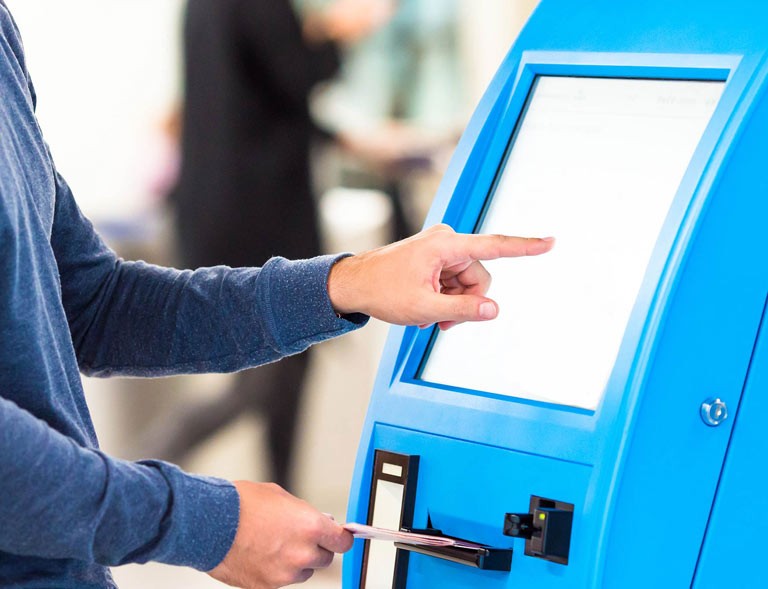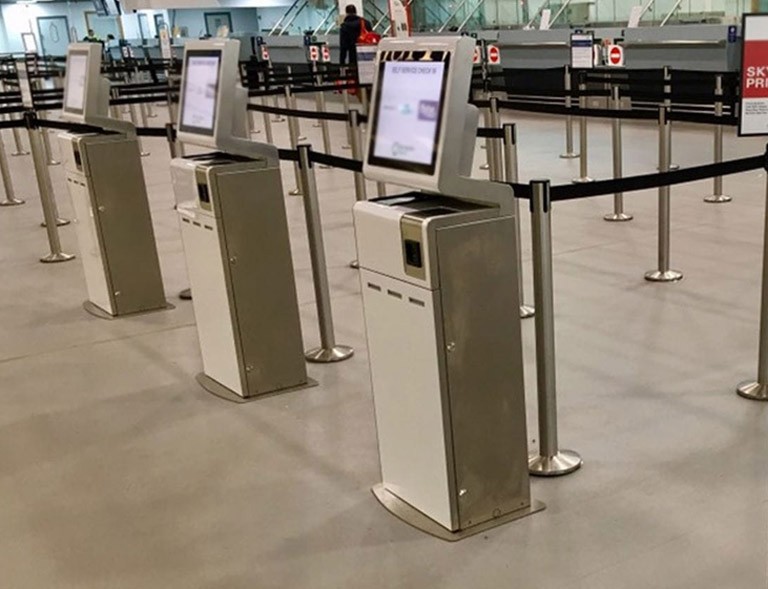Self-Service Kiosks are revolutionising the customer service experience. By automating routine tasks, they are freeing up staff to provide a more personalised service. They are also creating a more efficient customer service process and reducing waiting times. In addition to improving the customer service experience, Self-Service Kiosks are also having a positive impact on businesses. They are reducing costs, improving efficiency, and increasing sales.
According to a report, the global interactive kiosk market is projected to reach a value of $21.42 billion by 2027. Businesses all over the world are implementing self-service kiosks to fulfil diverse business use-cases in the form of self-checkout stations, smart vending machines, ticketing booths, information desks, etc., to streamline their services and improve customer experience. Let’s look at the key business benefits of implementing self-service kiosks:
Self-service kiosks are becoming increasingly popular in a variety of businesses. Retailers, restaurants, and even some hospitals are using these kiosks to provide a better customer experience. But what are the benefits of self-service kiosks for businesses?
Utilisation of Resources
One of the key benefits of self-service kiosks is that it reduces the work pressure on the on-site staff to attend to customers. It saves businesses from deploying a large workforce on-site to greet and attend to customers. The self-service kiosks enable faster and better visitor management, allowing employees to cater to more pressing needs.
Better Customer Experience
Self-service kiosks are also a great way to prevent long queues and wait times for your customers. Customers can skip long queues and easily operate the self-serve kiosk to obtain accurate and fast services with greater privacy. These factors play a vital role in enhancing customer experience and loyalty to your business.
Scalability
Be it switching to online portals for transactions, form submissions or accepting instant digital payments, self-service kiosks can be used to automate complex activities. The implementation of interactive kiosks allows businesses greater scalability to digitalize their repetitive tasks and incorporate the latest trends.
Greater Efficiency
When your customer service is solely dependent on your staff, there are several roadblocks that may arise. A single day of low bandwidth due to sick leaves, vacations, and extended breaks can cause businesses to lose out on customers. With self-service kiosks, you can deliver a consistent service with the same level of accuracy at any time of the day. Digital kiosks provide a large throughput in lesser time.
If you're interested in kiosks for your business, click here.



